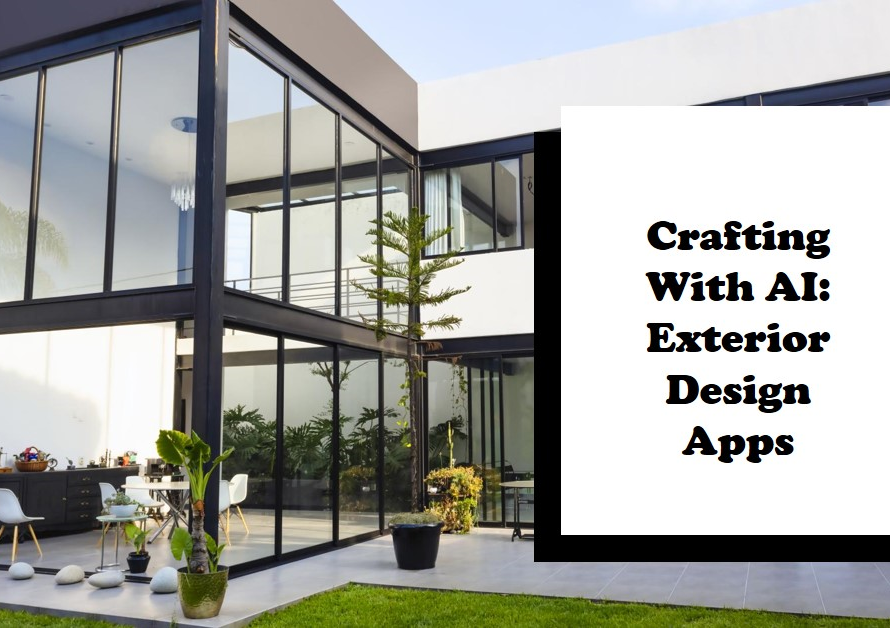
Table of Contents
1. Introduction: A Paradigm Shift in Interior Design
In recent years, the field of interior design has undergone a remarkable transformation, thanks to the integration of 3D visualization technologies. Traditionally, interior designers relied on 2D drawings and physical prototypes to communicate their design concepts to clients. However, the advent of 3D visualization has revolutionized this process, enabling designers to create immersive, photorealistic representations of interior spaces. In this blog post, we’ll explore how 3D visualization has taken 3D interior design to a new level, empowering designers to unleash their creativity and deliver unparalleled experiences to clients.
2. From Flat Plans to Dynamic Spaces: The Evolution of Interior Visualization
Gone are the days of flat floor plans and static renderings. With 3D visualization, interior designers can now create dynamic, interactive representations of their designs that allow clients to explore every corner of the space. By leveraging advanced modeling and rendering techniques, designers can bring their designs to life in vivid detail, showcasing how different elements interact with each other and how the space will look and feel in real life. Whether it’s a residential living room, a commercial office space, or a hospitality venue, 3D visualization allows designers to convey the full scope and potential of their designs with unprecedented clarity and realism.
3. Enhanced Communication: Bridging the Gap Between Designer and Client
Effective communication is crucial in any design project, and 3D visualization has revolutionized the way designers communicate their ideas to clients. Instead of relying on technical drawings and verbal descriptions, designers can now present their designs in a visually compelling and easily understandable format. By providing clients with immersive 3D visualizations, designers can ensure that their vision is accurately conveyed and understood, reducing the risk of miscommunication and ensuring alignment between designer and client expectations. This enhanced communication fosters greater collaboration and trust between all stakeholders, ultimately leading to better outcomes for the project.
4. Streamlining the Design Process: Iteration and Optimization
In the past, making changes to a design could be a time-consuming and labor-intensive process, requiring designers to redraw plans and create new prototypes from scratch. However, with 3D visualization, making revisions is as simple as making a few clicks. Designers can quickly iterate on their designs, experimenting with different layouts, materials, and finishes to find the perfect solution for their clients. This iterative approach not only speeds up the design process but also allows designers to explore creative ideas and solutions without fear of wasting time or resources. By streamlining the design process, 3D visualization empowers designers to deliver better results in less time, making them more competitive in the industry.
5. Empowering Client Participation: The Rise of Co-Creation
With 3D visualization, clients are no longer passive recipients of design ideas – they become active participants in the creative process. By providing clients with interactive 3D models of their proposed designs, designers can solicit feedback and input in real-time, allowing clients to express their preferences, concerns, and ideas directly within the digital environment. This collaborative approach, known as co-creation, fosters a sense of ownership and investment in the design process, leading to greater satisfaction and buy-in from clients. By involving clients in the design process from the outset, designers can ensure that the final design meets their needs and exceeds their expectations.
6. Overcoming Design Challenges: Visualizing Complex Concepts
Interior design often involves tackling complex spatial challenges, such as maximizing natural light, optimizing traffic flow, or integrating multifunctional spaces. With 3D visualization, designers can effectively visualize and address these challenges, allowing them to explore different design solutions and their potential impact on the space. By creating detailed 3D models and simulations, designers can assess the feasibility and effectiveness of different design strategies, helping them make informed decisions and avoid costly mistakes during the implementation phase. Whether it’s reconfiguring a floor plan, selecting the right furniture layout, or choosing the perfect color scheme, 3D visualization provides designers with the tools they need to overcome design challenges and deliver exceptional results.
7. Personalization and Customization: Tailoring Designs to Individual Preferences
Every client is unique, with their own tastes, preferences, and lifestyle requirements. With 3D visualization, designers can create personalized and customized designs that reflect the individual needs and desires of their clients. Whether it’s selecting the perfect sofa for a living room, choosing the ideal lighting fixtures for a bedroom, or customizing the layout of a kitchen, designers can use 3D visualization to explore different options and configurations until they find the perfect match for their clients. This level of personalization not only enhances client satisfaction but also strengthens the designer-client relationship, leading to greater loyalty and repeat business in the long run.
8. Future Trends and Innovations: Pushing the Boundaries of Possibility
As technology continues to evolve, the possibilities for 3D visualization in interior design are virtually limitless. From the integration of virtual reality and augmented reality to the development of artificial intelligence and machine learning algorithms, designers are constantly exploring new ways to push the boundaries of what’s possible with 3D visualization. Whether it’s creating fully immersive virtual environments, simulating real-time environmental effects, or generating hyper-realistic renderings, the future of 3D visualization holds endless promise for designers and clients alike. By embracing these future trends and innovations, designers can continue to elevate the art and science of interior design to new heights.
9. Conclusion: The Power of 3D Visualization in Interior Design
In conclusion, 3D visualization has transformed the practice of interior design, empowering designers to create immersive, compelling, and personalized experiences for their clients. By harnessing the power of advanced modeling, rendering, and simulation techniques, designers can bring their designs to life in ways that were previously unimaginable. From enhanced communication and collaboration to streamlined design processes and personalized solutions, 3D visualization has become an indispensable tool for designers seeking to elevate their craft and deliver exceptional results. As the technology continues to evolve, the future of interior design promises to be even more exciting and innovative, with 3D visualization leading the way forward.
10. Client Education and Empowerment: Enhancing Decision-Making


With 3D visualization, clients no longer need to rely solely on the designer’s expertise to make informed decisions about their interior spaces. By providing clients with access to interactive 3D models and visualizations, designers can empower them to explore different design options, understand the implications of various choices, and make decisions that align with their vision and goals. This hands-on approach to client education fosters greater engagement and ownership in the design process, enabling clients to feel more confident and satisfied with their final decisions. By equipping clients with the tools and knowledge they need to participate actively in the design process, designers can build stronger relationships and deliver better outcomes for their projects.
Conclusion: The Transformative Power of 3D Visualization in Interior Design
In conclusion, the integration of 3D visualization has revolutionized the field of interior design, transforming the way designers conceptualize, communicate, and execute their ideas. From dynamic visualizations and enhanced communication to streamlined processes and empowered clients, 3D visualization has become an indispensable tool for designers seeking to elevate their craft and deliver exceptional results. As technology continues to evolve and innovate, the possibilities for 3D visualization in interior design are limitless, promising even more exciting advancements and opportunities in the years to come. By embracing these advancements and leveraging the power of 3D visualization, designers can continue to push the boundaries of creativity and innovation, shaping the future of interior design in profound and meaningful ways.



